 Photo by Carole Raddato Wikimedia Commons
Photo by Carole Raddato Wikimedia Commons
Although the ancient city of Troezen has often played an important role in Greek history it is much less well known than many other sites in Argolida. Situated some 8 km west of the coastal village of Galatas, little remains of its former splendour but it is well worth a visit for those who like to travel off the beaten track.
Troezen features prominently in Greek mythology and is known as the home of Theseus and the location of the tragic legend of Hippolytus and Phaedra. In the Bronze Age it contributed soldiers to the Trojan expedition and many centuries later was involved in the Persian Wars.
During the Greek War of Independence Troezen was home to the Second Hellenic National Assembly at which a number of major decisions were made concerning the emerging new state.
Mythology
According to Plutarch, Troezen was the birthplace of Theseus, one of the major heroes of Greek mythology. Aegus, King of Athens, is said to have married Aethra, Princess of Troezen and Theseus was the result of their union. Before Aegus returned to Athens he hid a sword under a large stone and declared that if his son could move the stone and get the sword he would become King of Athens which duly came to pass. In modern times, the “Stone of Theseus” is a local attraction near the site of Troezen.
Troezen is also the scene of the tragic legend of Hippolytus, son of Theseus and Phaedra, as made famous in the play by Euripides. The story has it that Phaedra, who was the second wife of Theseus fell in love with her stepson Hippolytus but when this came to light killed herself in shame. One of Troezen’s most ancient temples is said to have housed the tomb of Hippolytus although in the third century BC it was destroyed by a major earthquake.
History
The ancient city of Troezen was one of the first cult centres in honour of the sea god Poseidon (in Greek mythology Poseidon is a forebearer of the former king Troezen after whom the city was named).
Troezen was also a cult centre for Hippolytus and it was traditional for the young women of Troezen to dedicate a lock of their hair to Hippolytus before their weddings.
The city of Halicarnassus (modern day Bodrum) in Asia Minor is said to have been founded by colonists from Troezen and during the Archaic period (mid 8th century BC) colonists of Troezen founded the city of Sybaris in Magna Graecia (Southern Italy).
In 580 BC and in the face of the advancing Persian army Athenian general Themistocles proposed to the city assembly that all the women, children and elderly residents of Athens be evacuated to Troezen while able bodied men were sent to fight the Persians or to man the Athenian fleet. Although Athens was subsequently destroyed its citizens were spared.
A third century BC marble stele which recorded this proposal became known as the “Decree of Themistocles” or “Troezen Inscription”. A farmer discovered the slab in a field and used it as a doorstep for several years until 1959 when it was included in an exhibition at the village cafe at which point its significance was recognised.
Prior to the Battle of Salamis the Athenian fleet assembled near Troezen and the following year (479 BC) the city sent 200 Hoplites to fight in the Battle of Plataea, the final and decisive land battle following the second Persian invasion of Greece.
During the Classical and Hellenistic periods numerous temples and other buildings were constructed in Troezen including a complex of buildings forming a sanctuary to Asclepius although this was somewhat overshadowed by its rival at nearby Epidauros. Other temples were dedicated to Artemis, Hippolytus, Athena and Aphrodite, traces of which can be found in a forest near Troizina.
In 230 BC the volcano at nearby Methana erupted causing severe earthquakes which destroyed many of the temples and buildings at Troezen leading to a decline of the sanctuary to Asclepius. During the Roman era many of these buildings were restored but as Christianity became predominant material from ancient buildings was used in the construction of churches as can be seen in the Diocese church which dates to the 6th century AD.
In the 9th century AD during the Byzantine period Troezen was renamed Damalas after an official serving Emperor Leon the Wise. And following the Frankish occupation of Corinth in 1204, Troezen/Damala came under the rule of the Franks and was the seat of a barony of the Principality of Achaea.
Following the fall of Constantinople in 1453, Troezen was ceded to the Venetians who controlled it until 1531 after which it became incorporated into the Ottoman empire.
In 1826, during the Greek War of Independence (1821-2828) the modern village of Troezen (Troizina) was the site for the Second Hellenic National Assembly at which Ioannis Kapodistrias was elected Governor of Greece and Nafplion was chosen as the capital modern Greece. A monument in the main plateia of Trizina commemorates this event.
Excavations
Excavations were first carried out in the 1890s by the French School of Archaeology led by Philippe Legrand and later by the German Archaeeological Institute in 1932 under Gabriel Welter.
In recent years the Greek archaeologist Maria Giannopoulou has conducted extensive investigations and has excavated several tombs in a necropolis at the eastern side of the city. The sanctuaries dedicated to Hippolytus and to Asklepios are located near the church of Ag Christoforos a few hundred metres outside the walls of ancient Troezen. The location of a stadium has been identified although it has yet to be excavated..
Entrance to Troezen is free and the site is open 24 hours a day
Click here for a Google Map
 Photo by Carole Raddato Wikimedia Commons
Photo by Carole Raddato Wikimedia Commons
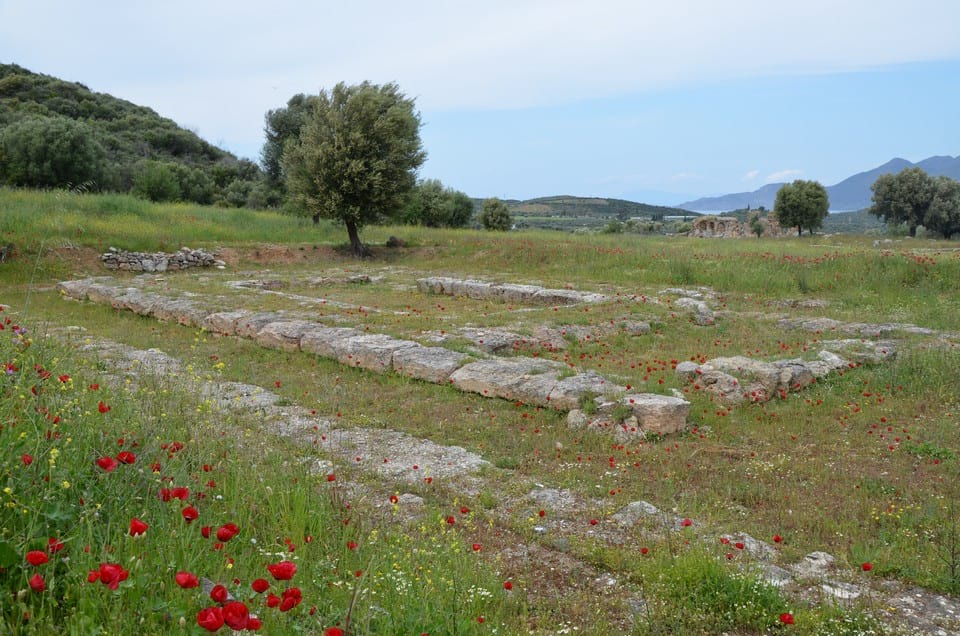 Photo by Carole Raddato Wikimedia Commons
Photo by Carole Raddato Wikimedia Commons
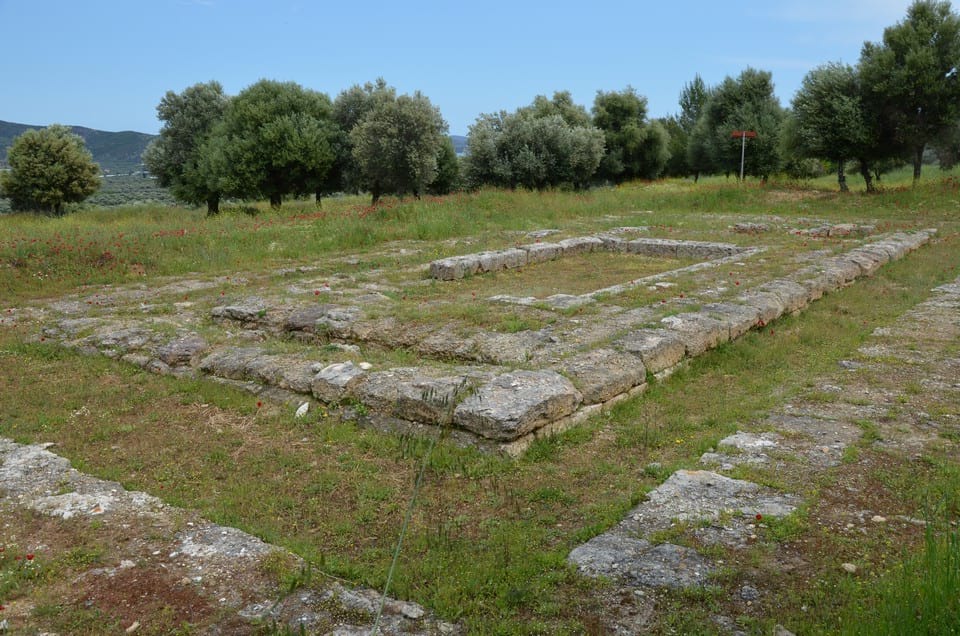 Photo by Carole Raddato Wikimedia Commons
Photo by Carole Raddato Wikimedia Commons
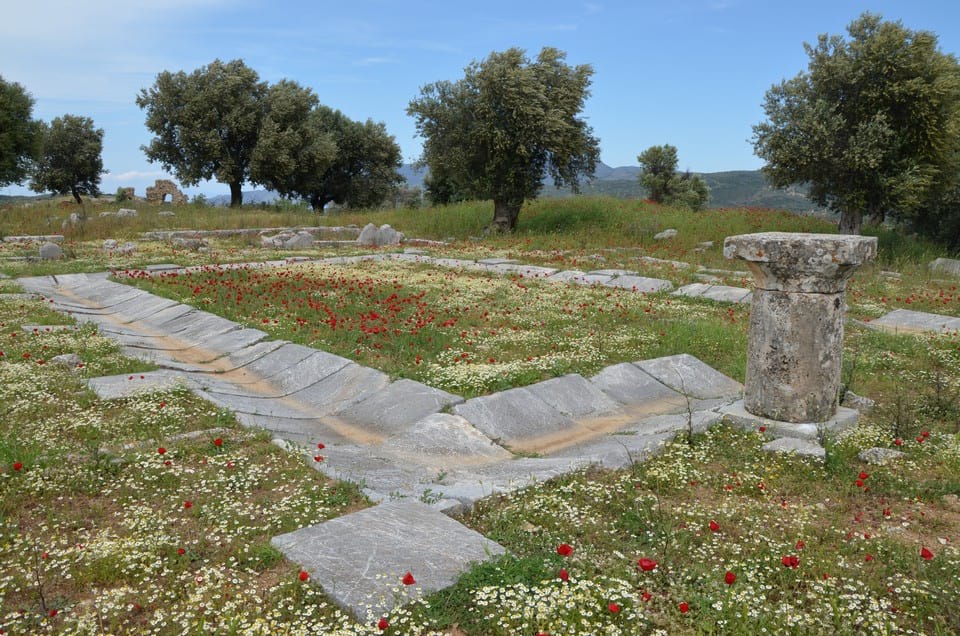 Photo by Carole Raddato Wikimedia Commons
Photo by Carole Raddato Wikimedia Commons
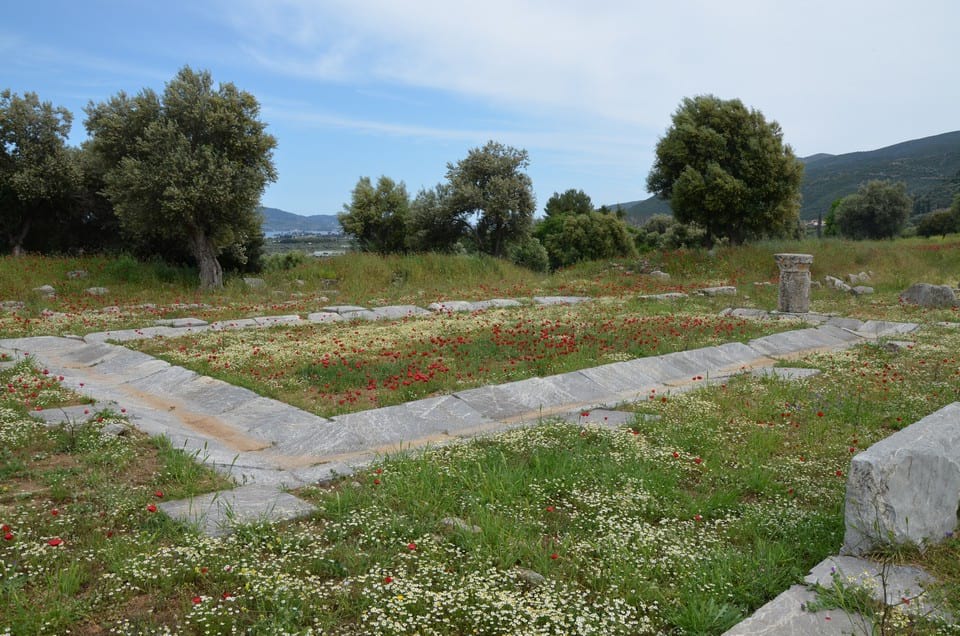 Photo by Carole Raddato Wikimedia Commons
Photo by Carole Raddato Wikimedia Commons
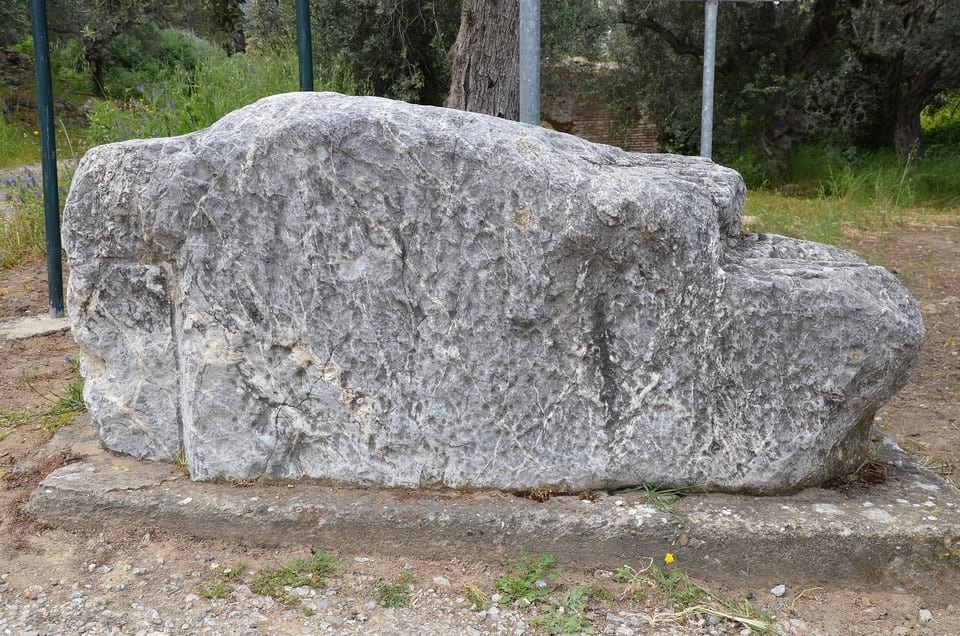 The Stone of Theseus - Photo by Carole Raddato Wikimedia Commons
The Stone of Theseus - Photo by Carole Raddato Wikimedia Commons
